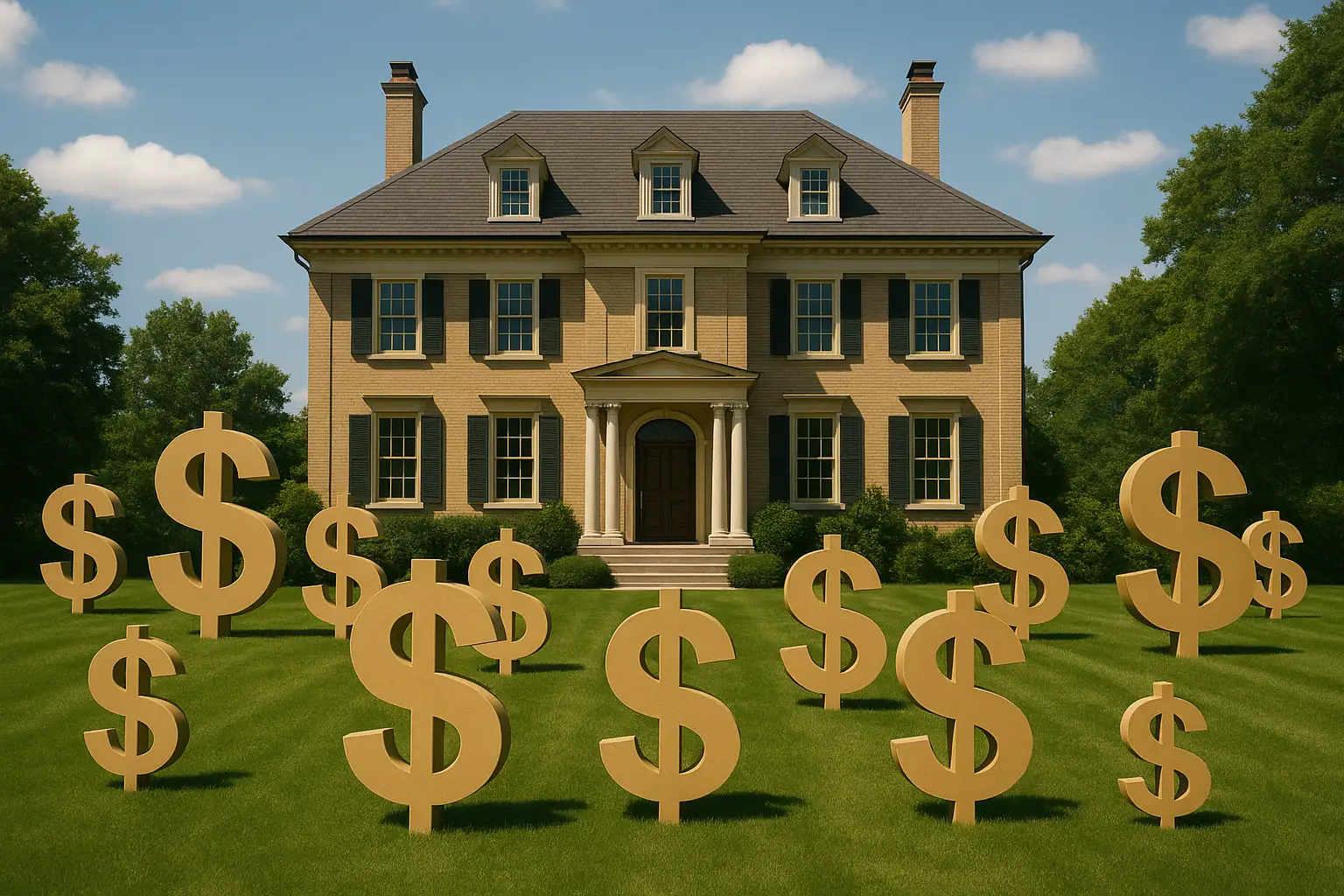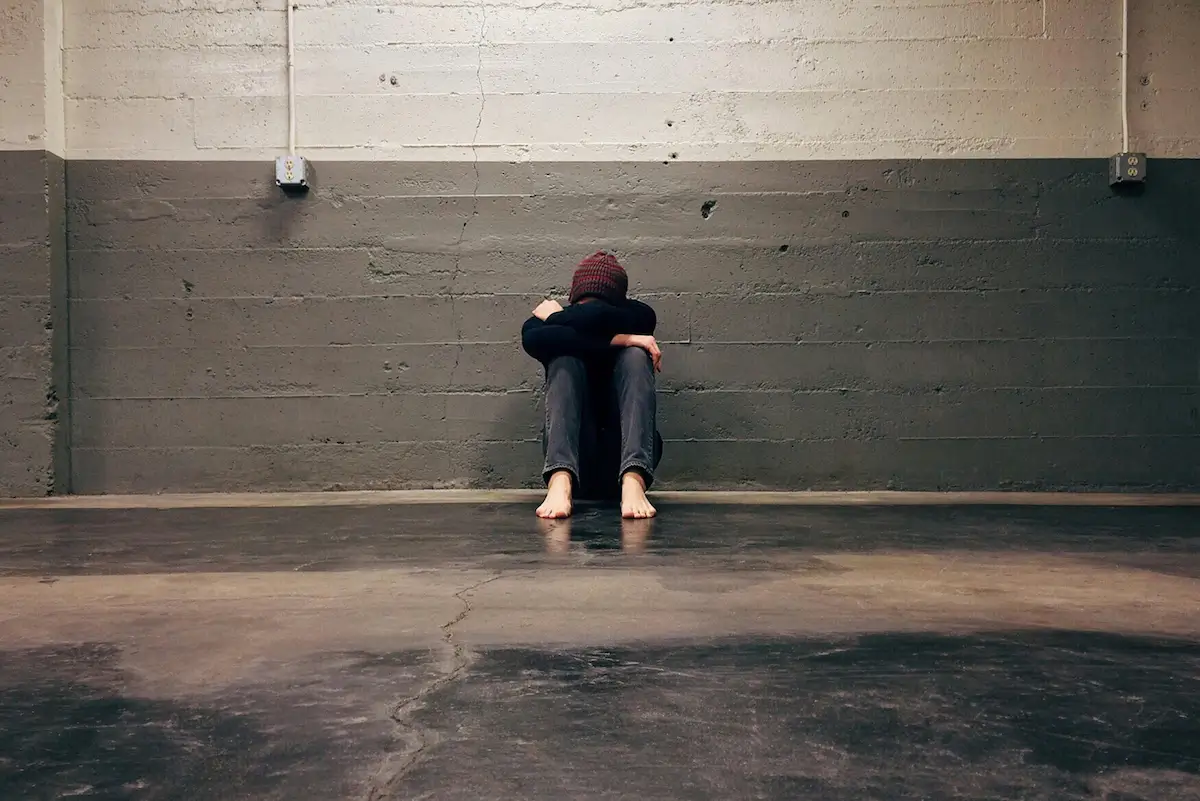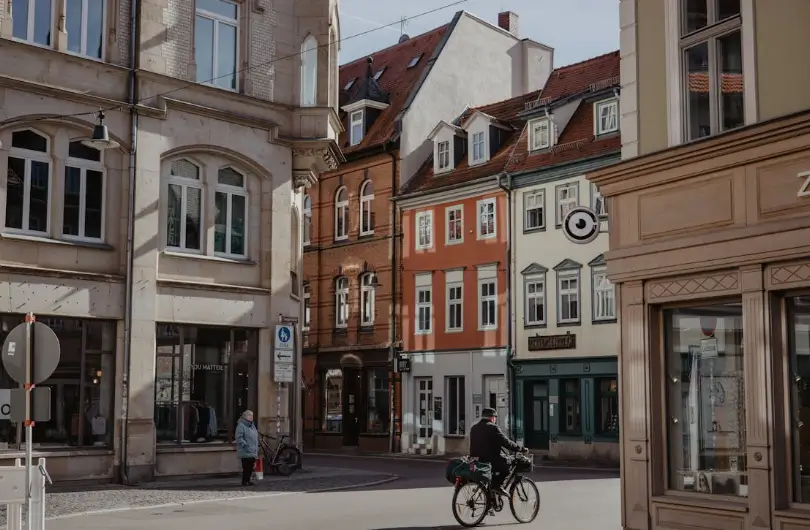How Zoning Affects Housing Affordability (It’s not just about lines on a map)
Are today's houses expensive? Yeah, you're not imagining things. Mortgage payments are up, rents are rising, and if you've been house hunting lately...well, bless your heart. Prices are wild. The fact is, housing has become unaffordable for many people, and zoning plays a huge role in why that's happening. It's not the only factor, but it's a big one, and it's baked into the way our neighborhoods are built.
Now, zoning sounds boring, until you realize it can decide whether a city builds homes for real people or just protects the status quo. It really doesn't matter if you are trying to rent an apartment, buy a starter home, or simply exist in your neighborhood without getting priced out, you have to deal with the effects of zoning and it's part of your story. And make no mistake, zoning is a HUGE part of your story.
So how does it work and how does it impact housing affordability?
Let’s break it down.
I'll start with a caviat. Housing affordability is affected by many things. Zoning is one major part of what affects housing affordability but it's not the only part. With that said understanding how zoning affects affordability is crucial in the fight to make housing more affordable for everyone.
Now, let's look at what zoning really is? Zoning is the system cities use to control what can be built where. It determines whether land is used for homes, businesses, factories, or sometimes, nothing at all. But more than that, zoning decides the type of homes that can be built such as single-family only, apartments, duplexes, and ADUs.
And that’s where affordability comes in.
The Problem with Exclusionary Zoning
Before we dive into the impacts, let’s take a second to explain what exclusionary zoning means. At its core, it’s zoning that restricts what kind of housing can be built in certain areas, usually limiting it to just single-family homes. It's like your city saying, "Welcome! But only if you come with a white picket fence and a mortgage." That might not sound like a big deal at first, but the ripple effects are huge. When a city says, "You can only build this one type of home here," it shuts the door on more affordable options like duplexes, triplexes, or apartments.
Many cities limit large portions of land to only single-family homes. That means no apartments, no duplexes, no options. This kind of zoning drives up land costs and limits the housing supply. This is especially true for lower and middle-income families. It’s often called “exclusionary zoning” because, well, it excludes.
How Zoning Drives Up Costs
- Fewer homes = higher prices. Restrictive zoning reduces the total number of units that can be built. When a city only allows a limited number of homes in a neighborhood, like just single-family homes on large lots, it creates a tight lid on housing supply. But people keep moving in, starting families, or trying to find a place to live. So what happens? The demand rises, but the supply doesn’t. It’s like trying to squeeze more people into a concert with a strict seating chart, ticket prices go through the roof. The same thing happens in housing. When we don't allow more homes, the ones that exist get more expensive.
- Larger minimum lot sizes = more expensive land. When you require every house to sit on a large lot, it prices out people who can’t afford big yards. Why? Because the cost of a home includes the cost of the land. On average, land makes up about 13–14% of a new home’s price. And in hot markets, it can be way more. So when zoning laws lock in bigger lots, they’re also locking in bigger price tags from the jump.
- Height limits and parking minimums = more red tape, less flexibility. These requirements can mean that buildings must be shorter, even when there’s demand for more units, or that every home must come with a set number of parking spaces, even if not all residents need them. That might not sound like a big deal, but it adds costs, sometimes tens of thousands of dollars per unit. Developers still have to make the numbers work, meaning they need to ensure the cost of building the project can be covered by the money they’ll make from selling or renting the units. If construction and regulatory costs go up, they either raise prices, cut features, or sometimes decide not to build at all. So those added costs? They usually get passed straight to renters and buyers.
The Push for Reform
The good news is that some cities are rethinking exclusionary zoning. They’re legalizing duplexes, removing parking minimums, allowing smaller lots. These are all needed actions that are part of a bigger conversation about equity, climate, and the right to live in a community.
So What Can You Do?
- Learn about your city’s zoning map. Most cities have an online zoning map or a planning department website where you can search by address or parcel number to see what’s allowed in a given area. You can also call or email your city’s planning office, they’re usually happy to help. When reviewing the map, look for things like zoning district labels (R-1, RM, MU, etc.), permitted uses, and dimensional standards. Don’t worry if it seems overwhelming at first, just exploring the map and asking questions is a great first step.
- Speak up. Advocating for more housing choices helps everyone. That could mean submitting a public comment on a proposed zoning change, attending a city council or planning board meeting, or even just having conversations with neighbors. Your voice doesn’t have to be polished, it just has to show up. Local officials notice when everyday people speak up, especially when they come back more than once.
- Support reforms that legalize diverse housing types. More options = more affordability. When we allow different types of housing such as duplexes, triplexes, cottage courts, ADUs, and small apartment buildings, we create more opportunities for people with different needs and income levels. Not everyone needs or can afford a single-family home, but when that’s the only option on the table, it limits who gets to live in a community. By offering a mix of housing types, we can open the door to affordability and inclusion.
Final Thoughts
Zoning might seem invisible, butit has a HUGE impact on everything that gets built and who gets to live there. If we want affordable housing, we need to talk about zoning. And not just talk, act.
Up next - Zoning Terms Every Homeowner Should Know
%20(1200%20x%20237%20px)%20(300%20x%2059%20px).webp)


.webp)


